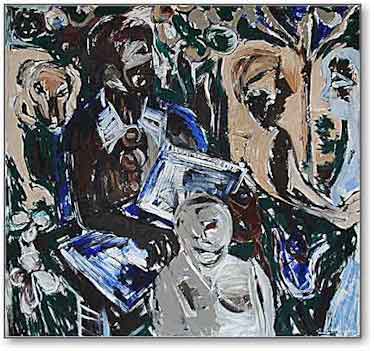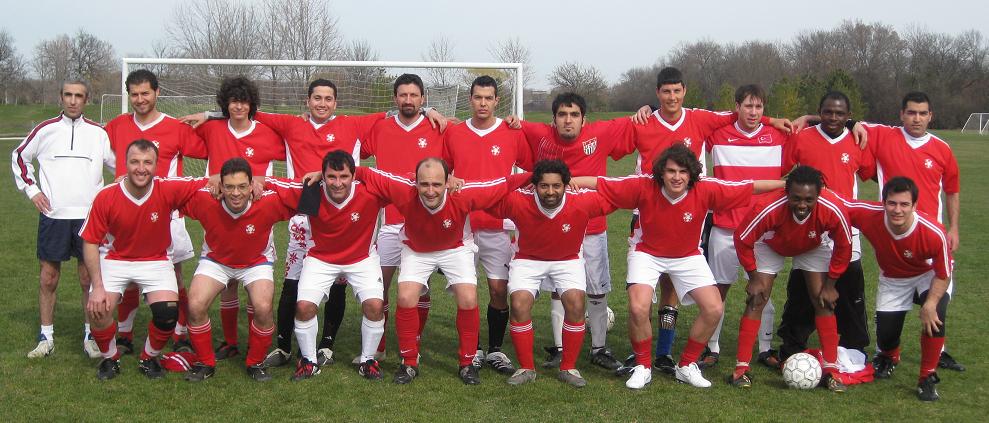Types of Leisure Activities in Turkey
Sunday, December 5, 2010
Types of Leisure Activities
Due to the country’s richness in history, their tastes and origins of their art cultures come from several parts of the world. Turkish music taste had been influenced by their Central Asian origins, the Byzantines and their religion, Islam. However, due to globalization and their eagerness to join the European Union, Turkish music has followed in the footsteps of Western pop culture. Not only is their music affected, their artistry in literature and fine arts have joined along too.
Theatre
Turkish theatre basically has elements such as music, dance, acrobatics and theatrical performances.
In Turkish theatres they have also adopted several Western influences. For example, during the 19th century, the famous Italian canto and French chansonette made their first appearances in Turkey. These types of performances became very popular amongst the Turkish people as many take adoration for actresses and actors singing live.
As time pass, the world’s classics like Shakespeare’s to Pirandello started to get popular and many were eager to watch these performances. The most popular art performances amongst the people there is actually cabaret which constitutes of music, dance and farce performed into a play, just like how you picture a musical.
Cinema
(The above is a Turkish horror movie trailer aired in their cinemas)
(The above is a Turkish horror movie trailer aired in their cinemas)
The first ever Turkish film was made in 1941. However, the cinema industry was not very popular and well received by the public. Typical movie plots were very cliché with rich girl marrying the poor boy and vice versa, and both of them eloping away from their objective families. During this period, open air cinemas were very common as technology was not very developed. All these did not add on to the appeal of the Turkish cinema.
In the 1970s, when technological innovations were introduced, instead of the cinema industry elevating, it actually went from bad to worse. To save this industry, the government actually opened its doors to the American film industry to allow them to showcase their pictures in Turkish cinemas. Not only that, there also introduced to bring new ideas, good experiences and income into the Turkish film industry. Instead of doing so, the American film industry actually took over the entire industry and monopolizes it. This explains the widespread advertisements in Turkey by huge industry companies such as Warner Bros, UPI and Standard. Not only do these major companies dominate this industry they too, take their profits out of Turkey which caused leakages to the country’s economy without even paying tax or setting up studios to generate income for the local Turkish film makers. As reported in 1989, out of 222 films aired in the cinemas, 210 were actually foreign made and produced films.
Dance
(The above video shows a bellydancer doing her job on a TV program)
As the stereotype goes, everyone think belly dancing is the only type of cultural dance in Turkey. But little do people know that belly dancing is actually not from Turkey or any other Middle Eastern country. Belly dancing origins are from Spain and wee brought about through the migration of Jewish from Spain to Turkey.
Other form of dancing in Turkey includes the whirling dervishes which is actually a form of religious dance dedicated to God. Therefore, there are actually a lot more dancing practiced in Turkey other than just belly dancing.
Social dancing
(The above video shows turkish students dancing in an English school)
The religion, Islam actually discourages dancing and music. However, when one travels to the urban parts of the country, he or she may notice that music and dance is inevitable in the daily life of a Turk. Turks do they take pride in their music and dance.
As an English teacher in Istanbul recalls, he sent his students to a resort at the Black Sea region. They were travelling during the month of May where the weather was unpredictable with downpours. Despite these, the students were not discouraged by the weather patterns; instead, they were back dancing in the coaches, enjoying themselves. Amazing isn’t it? If it were students from let’s say Singapore, we would have complained so much of the weather already!
Sacred Dancing
Even before the Turks migrated from Central Asia to Turkey, they believed in Shamanism where dancing meant that they could have some kind of “high” which is created through a supernatural state from dancing. Even after the widespread conversion from Shamanism to Islam, they still held this belief. Even when Islam disapproved of dancing, the Turks continued this century old tradition with their own added twist to it. This meant that dancing was one way to attain a spiritual connection with God.
Basically, these spinning dervishes move round and round for a few hours to their mystic music that acts as an ecstasy of spiritual communion and love with a superior being, God. During this dance, one arm is raised while the other arm is pointed downwards to symbolize that they have connected with God and is spreading his love to the earth and others.
Folk Dancing
(The above shows one of the many folk dances in Turkey)
Through the conversion of Islam, some urbanized people who were well educated, were affected and abolished their traditions of having folk dances. However, some of the villagers in Turkey were not affected by this. Due to their isolation, they retained their traditional fold dances which are still in practice in today’s context. These villagers usually dance in a group when several occasions arise. For example, such occasions includes birth, puberty, circumcision, marriage, and return from military services and so on. You get the idea!
To add on, the isolation of certain villages creates a variation of folk dances throughout the rural part of Turkey. Therefore, we cannot really have a typical folk dance to represent the entire population of Turkey. Different regions can be categorized into different dance types.
In Turkey, sports are a huge fever where the Turks can never get enough of it. Many past time ancient sports have actually survived and are still in practice today. Turkish culture is said to be welcoming of anything new and one example is through their sports. Soccer for an example has been adopted into the Turkish way of life and there is definitely a Turkish twist added into it.
Wrestling
(The above video shows a compeition on Turkish oil wrestling)
In Turkey, wrestling is a national sport. There are contests held throughout the year for wrestling. The most popular one in the country is probably held in Kirkpinar and is considered the most prestigious competition. Many wrestlers gather together in hopes to win the title of best wrestler of the year. This event is a very important occasion and is widely featured in the sports calendar of Turkey.
This form of wrestling requires the candidates to rub oil on their body, making the competition tougher and supposedly more enjoyable to watch.
During the ottoman period, the Turk’s horse was considered one of the most price processions an individual could have. This was due to the fact that the horse was his form of transportation.
Until today, in rural areas, the horse is still considered very important to an individual. Even though the Turks had a long history which involved horses, they was only one sport which required the use of horses. This sport was known as cirit. This requires an individual holding long stick to throw at their rival to topple them off their mounts.
In Turkey, football is considered the most popular sports ever to reach the country. It is a national phenomenon. Football was first introduced in turkey during the year of 1898 by an English merchant residing in the province of Izmir. After this, the sport became immensely popular with the locals.
In today’s Turkey, large sums of money are paid to foreign clubs to transfer prestigious football players to clubs. The amount of money spent is so huge that even half of the amount spent could be used to revamp an ordinary stadium to Olympic standards.








